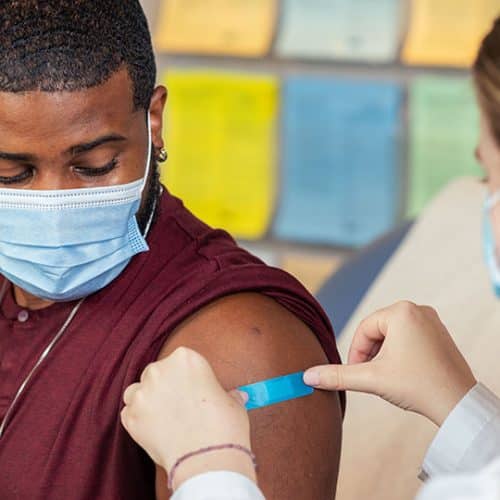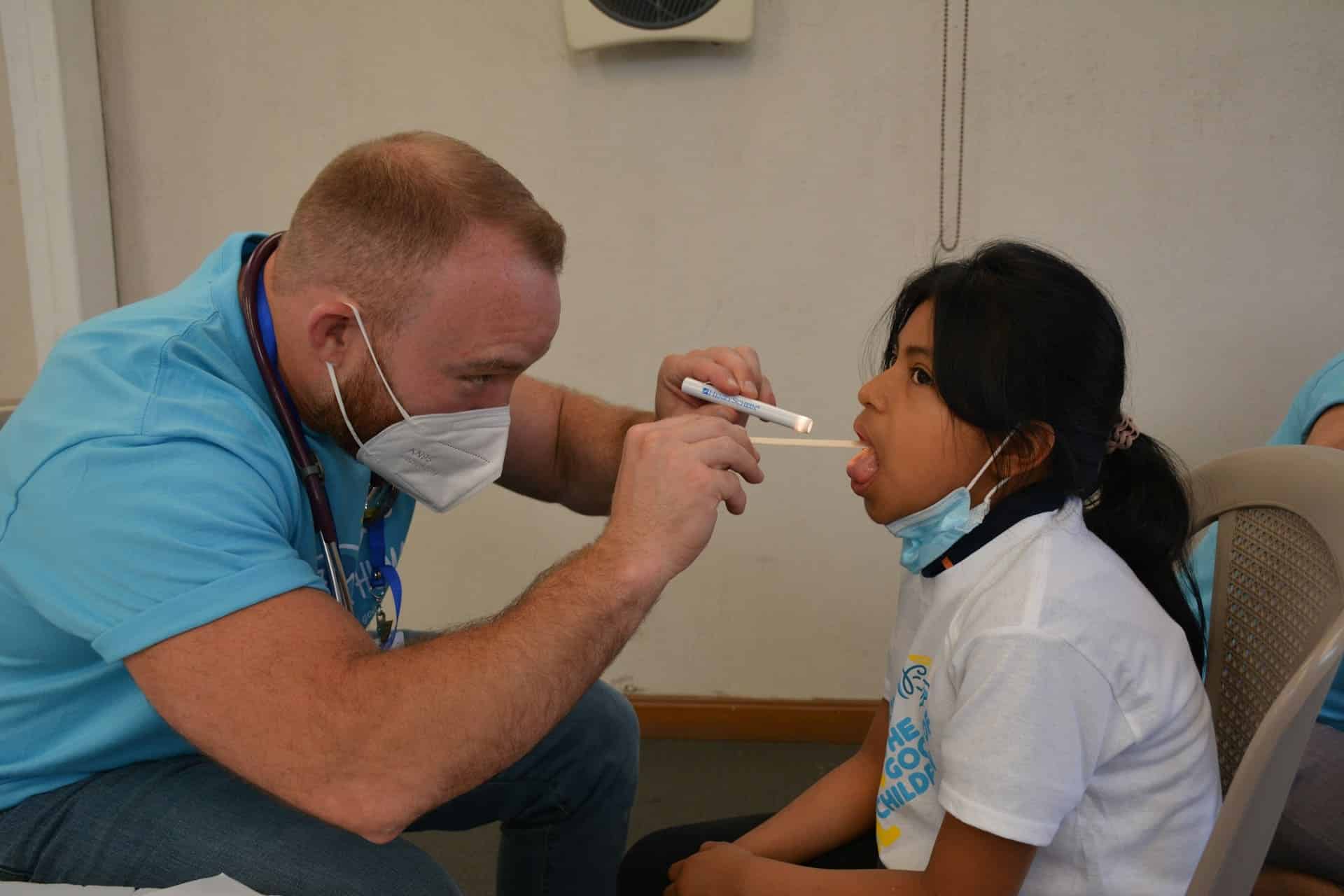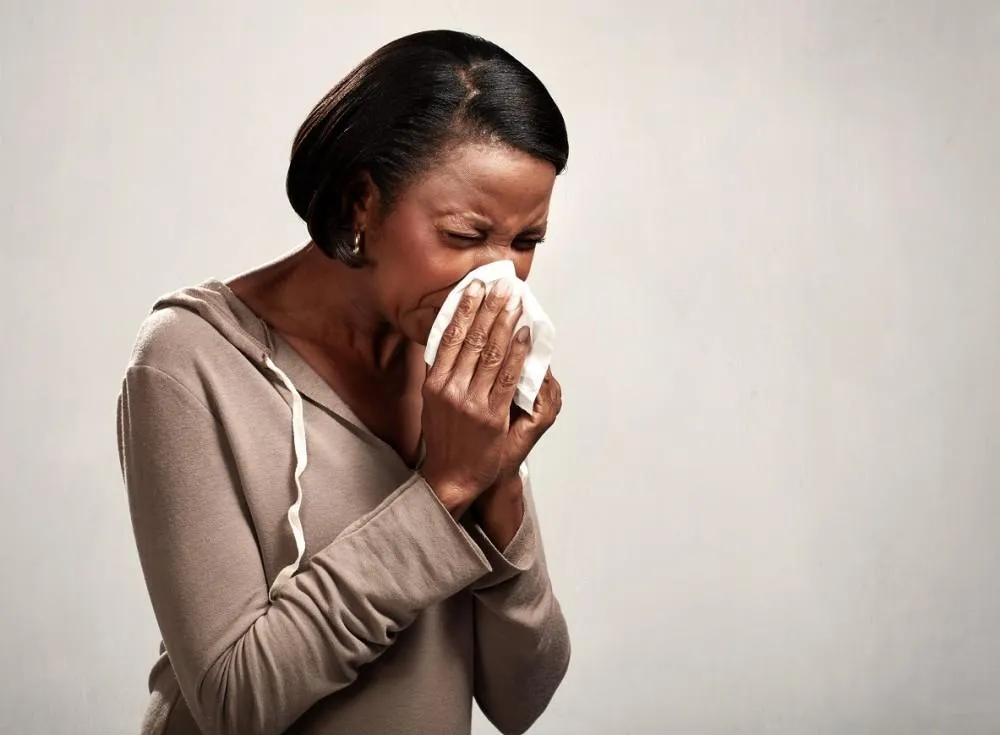Flu vs. Common Cold vs. COVID‑19: How to Tell the Difference This Fall
As the days grow shorter and cooler, more of us head indoors to work, school and family gatherings. Fall marks the beginning of respiratory‑virus season, when the common cold, influenza (the flu) and COVID‑19 circulate at the same time. Each illness is caused by a different virus, but because they all infect the nose, throat and lungs, their symptoms overlap. Knowing how they differ – and when to seek medical care – helps you manage your health and protect the people around you.
Why fall brings a spike in respiratory illnesses
Rhinoviruses (which cause most colds), influenza viruses and SARS‑CoV‑2 (the virus that causes COVID‑19) thrive in cooler, drier air. Fall and winter also bring more indoor gatherings, which increases the chances of breathing in virus‑containing droplets. Getting a flu shot, staying up to date with your COVID‑19 vaccinations and practicing good hygiene (masking in crowded settings, handwashing and staying home when ill) are key preventive steps. Even so, infections happen, and many people wonder if their stuffy nose is “just a cold” or something more serious.
How the viruses spread
All three illnesses are respiratory infections that spread through droplets and aerosols produced when an infected person coughs, sneezes, talks or even breathes. You can also catch them by touching a contaminated surface and then touching your eyes, nose or mouth. Because the early symptoms are similar, testing is the most reliable way to confirm which virus you have, but understanding symptom patterns can guide when to seek care.
Symptom overlap and why diagnosis is tricky
All three illnesses can cause fever, cough, sore throat, fatigue and muscle aches. This overlap makes it hard to know which virus is responsible, particularly early on. Doctors at UCSF Health note that you “can’t rely on symptoms alone to tell the difference”; a rapid flu or COVID‑19 test is often necessary. However, onset timing, fever severity and the presence of certain hallmark symptoms can offer clues.
When to get tested or call your doctor
In general, if you develop fever, cough or congestion and suspect exposure to COVID‑19 or flu, stay home, use over‑the‑counter medication to control symptoms, and call your doctor. If you are older than 65, have chronic conditions or are otherwise at high risk for complications, contact your provider early because antiviral medications like Paxlovid (for COVID‑19) and Tamiflu (for flu) work best when started soon after symptoms appear.
Comparing the common cold, the flu and COVID‑19
The following sections break down each illness in terms of onset, typical symptoms, fever severity, body aches and duration. Remember that individual experiences can vary and that only a medical test can confirm your diagnosis.
The Common Cold
Causative viruses: Multiple viruses, most commonly the rhinovirus.
Onset and course: Colds usually develop gradually over a few days. Symptoms are generally mild and last 7–10 days, though they can stretch to two weeks.
Typical symptoms: Runny or stuffy nose, sore throat, sneezing, cough and mild headache or body aches. Fever is rare and, if present, is usually low‑grade. Many people can continue their daily activities with a cold, though rest and hydration help.
Body aches and fatigue: Mild body aches and fatigue may occur but are generally less intense than with flu or COVID.
When to call your doctor: Seek medical advice if your cold hasn’t improved after about a week, or if you start to run a high fever or the fever doesn’t go down.
Influenza (The Flu)
Causative viruses: Influenza A, B and C viruses, with A and B being most common.
Onset and course: Flu symptoms tend to come on suddenly – you may feel fine one day and then develop a high fever, chills and aches within hours. Flu usually lasts one to two weeks, but severe fatigue can linger.
Typical symptoms: Dry, hacking cough; moderate to high fever; sore throat; shaking chills; severe muscle or body aches; headache; runny or stuffy nose; and severe fatigue. In children, nausea, vomiting and diarrhea may also occur. Unlike a cold, the flu often makes people feel too ill to carry on with normal activities.
Body aches and fatigue: Severe body aches and intense fatigue are characteristic. Over‑the‑counter pain relievers and rest are important, and antiviral medications may reduce symptom duration when started early.
When to call your doctor or seek urgent care: If you think you have the flu, get tested within the first 48 hours. Call your doctor if you are pregnant, have chronic health conditions or are at risk of complications. Go to urgent care or the emergency room if you experience chest pain, persistent pain or pressure in the chest, trouble breathing, new confusion, inability to wake or stay awake, or signs of dehydration such as extreme weakness or dizziness. These can signal complications like pneumonia or severe dehydration.
COVID‑19
Causative virus: SARS‑CoV‑2, the coronavirus that emerged in 2019.
Onset and course: COVID‑19 has the widest range of incubation – symptoms may appear 2 to 14 days after exposure. Some people develop symptoms gradually, while others experience a sudden onset similar to flu. Illness severity ranges from mild to severe, and some people remain asymptomatic. Long COVID, with ongoing fatigue and shortness of breath, can last weeks or months.
Typical symptoms: Fever or chills, persistent cough, shortness of breath, fatigue, muscle or body aches, headache, sore throat, congestion or runny nose, nausea or vomiting, diarrhea and loss of taste or smell. Loss of taste or smell is a notable marker not typically seen with cold or flu.
Body aches and fatigue: Body aches and fatigue can be mild or severe; some people report prolonged fatigue even after other symptoms resolve.
When to call your doctor or seek urgent care: If you have symptoms or believe you’ve been exposed, stay home and test for COVID‑19. Contact your doctor, particularly if you’re at high risk for severe disease; antiviral medications can reduce hospitalizations when taken early. Seek urgent medical attention if you have difficulty breathing, chest pain or pressure, a high fever that won’t come down, sudden confusion, or severe fatigue or dehydration.
Key differences at a glance
It’s easy to see why people get confused by overlapping symptoms. To help you remember the distinctions, here’s a quick verbal summary instead of a chart:
-
Onset: A common cold develops gradually over a few days, whereas the flu often hits suddenly and forcefully. COVID‑19 can surface anywhere from 2 to 14 days after exposure, and it may start slowly or abruptly.
-
Fever: Colds rarely cause a fever, and when they do the fever is low‑grade. The flu typically brings a moderate to high fever, though not everyone runs a fever. COVID‑19 can cause a fever that lasts longer than the flu; some people never develop one.
-
Body aches: Mild aches are typical with colds. The flu is marked by severe muscle and body aches, often accompanied by chills and sweats. COVID‑19 can bring aches that range from mild to severe, and fatigue may linger for weeks.
-
Hallmark symptoms: Colds are known for runny or stuffy noses, sneezing and sore throats. The flu adds shaking chills, headaches and overwhelming tiredness. COVID‑19 shares many flu‑like symptoms but often includes a persistent dry cough, shortness of breath and loss of taste or smell, which is rare in the other illnesses.
-
Duration: A cold usually clears up within 7 to 10 days, sometimes stretching to two weeks. Flu symptoms last one to two weeks, but the exhaustion can last longer. COVID‑19 varies widely: some people recover in a couple of weeks, while others deal with symptoms or complications for months.
-
When to seek urgent care: If a cold drags on for more than a week or a high fever develops, call your doctor. For flu, seek immediate medical attention if you experience chest pain, difficulty breathing, persistent fever, or new confusion. With COVID‑19, difficulty breathing, chest pressure, stubbornly high fever, sudden confusion, or severe fatigue and dehydration are red flags. In all cases, trust your instincts—if you feel unusually ill, seek professional care.
When does urgent care beat home care?
Most mild respiratory infections can be managed at home with rest, hydration and over‑the‑counter medications like acetaminophen or ibuprofen for fever and aches. Urgent care becomes necessary when symptoms become severe or when high‑risk factors are present.
Call 911 or go to the emergency room if you experience:
-
Difficulty breathing or shortness of breath.
-
Chest pain or pressure.
-
Persistent high fever that doesn’t respond to medication.
-
Confusion, inability to wake or stay awake, or sudden dizziness.
-
Severe dehydration (e.g., dry mouth, extreme weakness or not urinating).
These signs indicate complications such as pneumonia, severe dehydration or a secondary bacterial infection. Even if your symptoms aren’t on this list, trust your instincts; if you feel unusually ill or worried, contact your healthcare provider or seek urgent care.
Tips for staying healthy this fall
-
Get vaccinated. The flu shot and updated COVID‑19 vaccines reduce the risk of severe illness and hospitalisation. Getting vaccinated also protects vulnerable community members.
-
Practice good hygiene. Frequent handwashing, covering coughs and sneezes and staying home when you’re sick help stop the spread of viruses. Wearing a mask in crowded indoor spaces during peak respiratory‑virus season adds another layer of protection.
-
Boost your immune system. Eat a balanced diet rich in fruits, vegetables and whole grains, and get enough sleep and physical activity. Staying hydrated helps keep mucous membranes moist and more resilient to infection.
-
Know your risk factors. Older adults, pregnant people and those with chronic conditions like asthma, diabetes or heart disease are at higher risk for complications. Talk to your doctor about preventive measures, and consider scheduling a wellness visit to update vaccinations and review any needed medication adjustments.
-
Stay informed. Follow local public health updates, especially if new COVID‑19 variants or flu strains begin circulating. Testing availability and treatment guidelines may change over time.
Feeling under the weather? We’re here to help.
If you develop symptoms and are unsure whether it’s a cold, the flu or COVID‑19, testing and professional evaluation are the best ways to protect yourself and those around you. At All Day Medical Care Clinic in Gaithersburg, Maryland, we offer comprehensive primary care, urgent care and behavioral‑health services in one convenient location. Our multilingual team provides same‑day appointments, on‑site labs and rapid flu and COVID‑19 testing so you can get answers quickly and start appropriate treatment.
Don’t wait until a minor symptom turns serious. If you’re experiencing fever, cough, body aches or any other signs discussed above, schedule an appointment or walk in to our clinic. We’re open Monday through Friday from 9:00 a.m. to 5:00 p.m., and we offer telehealth visits throughout Maryland. Call us at 301‑330‑0006, send us a text at 301‑820‑8635 or book online at alldaymedicalcare.com.
Your health matters – let our team at All Day Medical Care Clinic help you navigate this fall’s respiratory‑virus season with confidence and care.














































